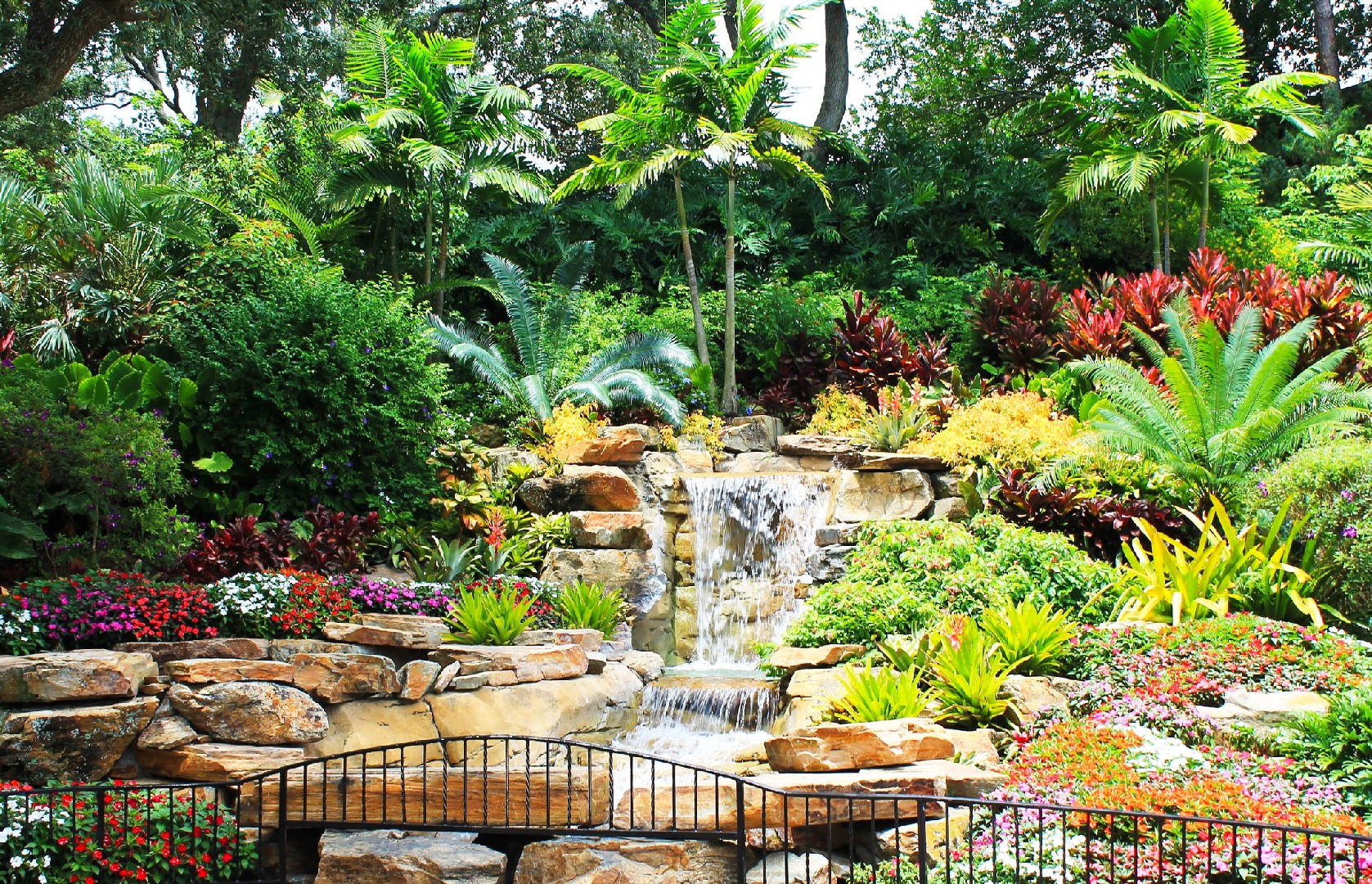![Rectangle]()
Basics of Landscape Layering
Landscape layering is an essential technique that can greatly enhance the appeal of your garden. By implementing a three-dimensional approach to garden design, you can create a visually stunning and dynamic outdoor space. In this section, we will delve deeper into the concept of landscape layering and explore its benefits and key elements.
The idea behind landscape layering is to create different levels or layers within your garden, each serving a specific purpose and adding depth to the overall design. This technique involves the strategic placement of plants, structures, and hardscapes to create a harmonious composition.
One of the primary reasons why layering is crucial in garden design is that it adds visual interest. Instead of having a flat or monotonous landscape, layering helps create a sense of depth and dimension. This can make your garden more visually appealing and captivating to the eye. It also allows you to showcase a wider variety of plants and elements, resulting in a more diverse and vibrant outdoor space.
To effectively implement landscape layering, there are three key elements that you need to consider: canopy layers, understory layers, and ground layers.
Canopy layers refer to the tallest plants or structures in your garden. These can include trees, arbors, or pergolas that provide shade and define the overall structure of the space. They act as the ceiling of your garden and create a sense of enclosure and intimacy.
Understory layers are the intermediate-sized plants that fill the space beneath the canopy layers. These can be shrubs, small trees, or taller perennials that add texture and color to the garden. They help bridge the gap between the canopy and ground layers, creating a seamless transition.
Ground layers are the lowest level of the landscape and include groundcovers, grasses, and shorter plants. They fill the gaps between the larger elements and provide a cohesive base for the entire design. Ground layers also play a vital role in weed suppression and erosion control.
When planning your garden, it is crucial to consider the practical aspects of landscape layering. For instance, choose plants that thrive in your climate and soil conditions. Consider their growth habits and maintenance requirements to ensure they will fit well within the designated layers. Additionally, think about the overall theme or style you want to achieve and select plants and elements that align with that vision.
In conclusion, landscape layering is a fundamental technique that can elevate the appeal of your garden. By incorporating canopy, understory, and ground layers, you can create a visually stunning and functional outdoor space. Remember to choose plants and structures that align with your climate and maintenance preferences to ensure a thriving and sustainable garden. Embrace the three-dimensional approach of landscape layering and watch your garden come to life with depth and visual interest.





